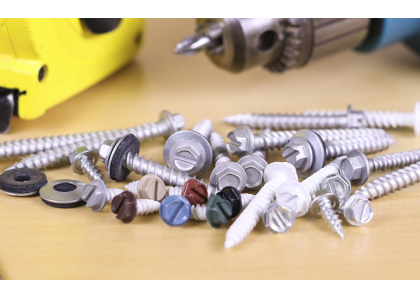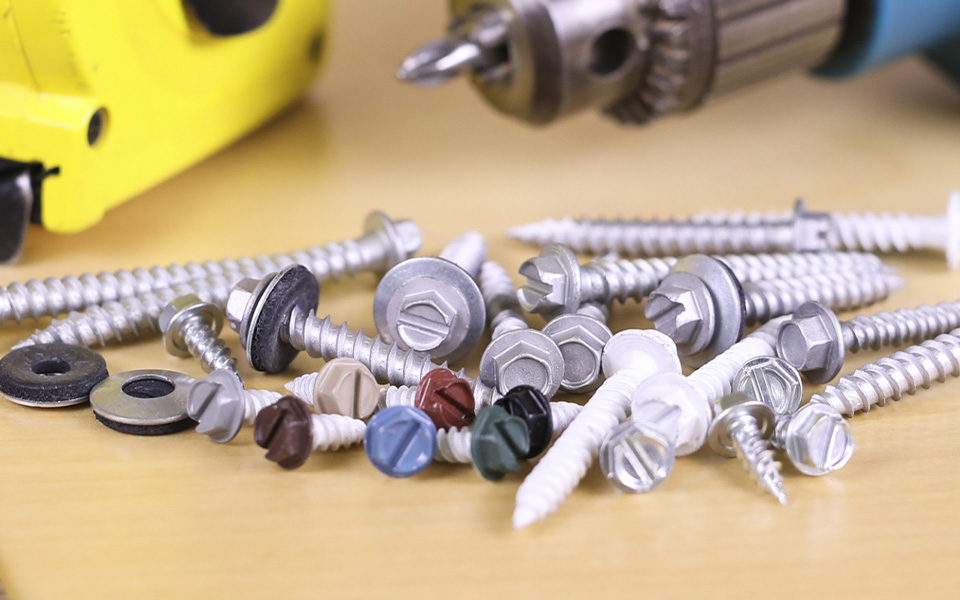Tianjin Goldensea Hardware Products Co., Ltd

Definition of first, half and full thread
The half and full thread of a screw are a form of thread. Half thread screws have only half thread and pitch, while full thread screws have full thread thread and pitch.
Second, the difference between half thread and full thread
1. Different pitch
The pitch and distance of the half-tooth screw is shorter than that of the full-tooth screw, so the depth of the half-tooth screw drilling into the material of the same length is shallower.
2. Use them differently
Half-thread screws are suitable for plates where the mounting material is thin and does not need to be deep, as they do not provide much additional friction. The whole tooth screws are suitable for the installation of thicker plates, concrete and metal and other materials with higher hardness.
3. Different screwing strength
Due to the difference between the spacing of half thread and full thread, different forces need to be applied when using. For the half-tooth screw, because it is screwed into the shallow depth, the screwing force should not be too large, so as not to damage the material, nor should it be too small, so as not to be able to firmly fix the material. The whole tooth screw requires a larger screwing force to ensure that it can still firmly fix the material in a complex environment.
Third, precautions
1. Half-tooth screws and full-tooth screws have their scope of application, and the appropriate screws need to be selected according to the specific situation when in use.
2. When using screws, pay attention to the adaptability of screws to avoid damaging the material.
3. When screwing in the screw, the screwing strength should be moderate to ensure the fixed effect.
【 Conclusion 】
The main difference between the half thread and the whole thread of the screw is the pitch and the scope of use, and the use of the need to pay attention to the use of methods and precautions.
